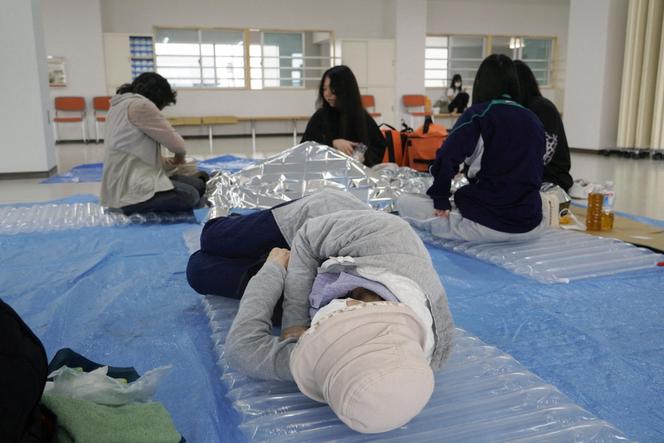


Hardly had the fear of a major tsunami faded when Japan began preparing for Typhoon Krosa, whose 280-kilometer-per-hour winds and heavy rains are expected to hit the country's eastern coastline on Saturday, August 2. Tsunami alerts were triggered on July 30, from Hokkaido in the north of the archipelago to Osaka in the west, following the 8.8-magnitude earthquake off the coast of Kamchatka in Russia's Far East. The alerts were gradually lifted throughout the day. On Thursday morning, only simple evacuation advisories remained in certain areas, even though tsunami waves – measured at 60 centimeters in Iwaki (northeast) and 50 centimeters in Tosashimizu on the island of Shikoku (west) – continued to reach the coast, without causing damage.
There was more fear than harm, but for many, the trauma awakened by the 2011 earthquake and tsunami – which left 20,000 dead and missing in northeastern Japan – was revived. A man in his 50s from Ishinomaki, where 3,500 people died in 2011, told Kyodo news agency that the alert "rekindled this painful memory." In 2011, he lost his home and saw relatives swept away by the second and third tsunami waves. "This time, I left my house to reach higher ground, away from the sea. Material possessions don't matter. The important thing is to stay alive."
You have 73.49% of this article left to read. The rest is for subscribers only.
